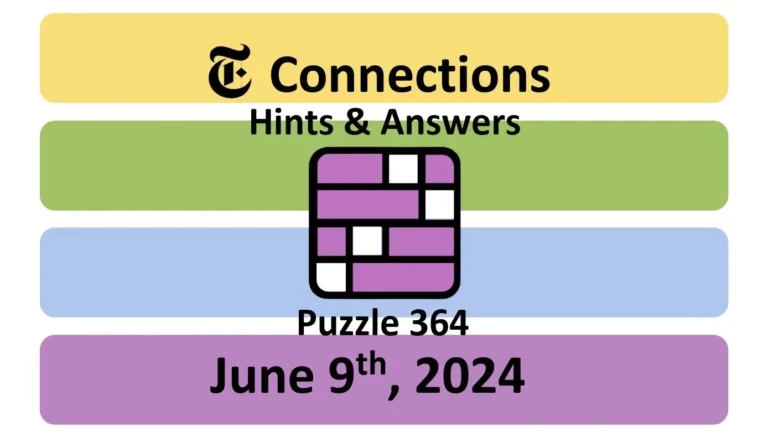In a world increasingly shaped by digital communication and technological advancement, the essence of human connection remains a fundamental aspect of our existence. From the intricate web of social relationships to the profound bonds forged in personal and professional realms, the dynamics of human interaction continually intrigue and inspire. In this article, we delve into the multifaceted nature of connections, exploring their significance, complexities, and the subtle hints that underlie our interactions.
The Evolution of Connections
Connections have long served as the cornerstone of human society, shaping our identities, cultures, and collective progress. From the early formations of familial ties to the intricate networks of trade and diplomacy, our ability to form connections has been pivotal in driving innovation, cooperation, and social cohesion. Throughout history, civilizations have thrived or faltered based on their capacity to forge meaningful connections—be it through language, trade routes, or shared cultural practices.
The Power of Social Bonds
At the heart of human connection lies the profound power of social bonds. Whether manifested in friendships, romantic relationships, or community ties, these connections play a crucial role in shaping our emotional well-being and sense of belonging. Studies have shown that strong social networks not only enhance our psychological resilience but also contribute to longevity and overall health. From the laughter shared among friends to the empathetic support offered in times of need, the depth of human connection is unparalleled in its capacity to enrich our lives.
Navigating Digital Relationships
In an era dominated by social media and digital communication platforms, the landscape of human connection has undergone a profound transformation. While these technologies offer unprecedented opportunities for global connectivity and information sharing, they also present unique challenges to the authenticity and depth of our relationships. The ease with which we can connect online often masks the complexities of genuine human interaction, leading to superficiality and disconnection in some cases.
The Role of Nonverbal Cues
Central to the nuances of human interaction are the subtle cues—both verbal and nonverbal—that convey meaning and foster understanding. From facial expressions to body language, these signals provide invaluable insights into the thoughts, feelings, and intentions of others. However, in an increasingly digital world, the absence of such cues can complicate communication, leading to misunderstandings and misinterpretations. Recognizing and interpreting these cues accurately is essential for building trust and fostering meaningful connections in both virtual and face-to-face interactions.
Building Empathy and Understanding
Empathy—the ability to understand and share the feelings of another—is a cornerstone of genuine human connection. By putting ourselves in the shoes of others, we not only cultivate compassion and kindness but also forge deeper bonds based on mutual respect and understanding. In today’s polarized world, where differences abound and conflicts escalate, the cultivation of empathy has never been more critical. By actively listening, acknowledging diverse perspectives, and seeking common ground, we can bridge divides and foster greater unity within our communities.
The Impact of Cultural Influences
Cultural norms and values play a significant role in shaping the dynamics of human connection, influencing everything from communication styles to interpersonal boundaries. What may be considered appropriate or respectful in one culture may be perceived quite differently in another, highlighting the importance of cultural sensitivity and awareness in our interactions. By embracing diversity and fostering intercultural understanding, we can enrich our relationships and cultivate a more inclusive society.
Overcoming Barriers to Connection
Despite the innate desire for connection that unites us as human beings, numerous barriers often stand in the way of meaningful interaction. Whether due to language barriers, social stigma, or personal insecurities, these obstacles can hinder our ability to form authentic connections with others. By actively addressing these barriers—whether through education, advocacy, or personal reflection—we can create environments that foster openness, acceptance, and genuine human connection.
Conclusion
In a world characterized by rapid change and unprecedented connectivity, the essence of human connection remains as vital as ever. From the subtle hints of nonverbal communication to the profound impact of empathy and understanding, our ability to forge meaningful connections lies at the heart of our shared humanity. By navigating the complexities of modern interaction with mindfulness and compassion, we can cultivate deeper relationships, foster greater empathy, and build a more interconnected world for generations to come. As we continue to explore the intricacies of human connection, let us remember that it is in our shared experiences, our shared struggles, and our shared triumphs that we find the truest reflections of ourselves.

